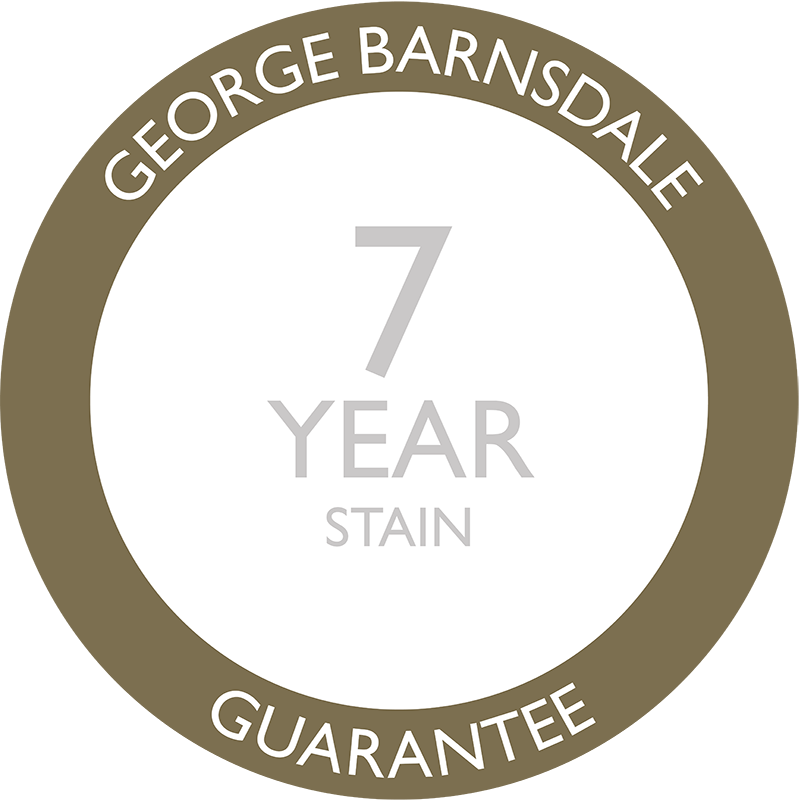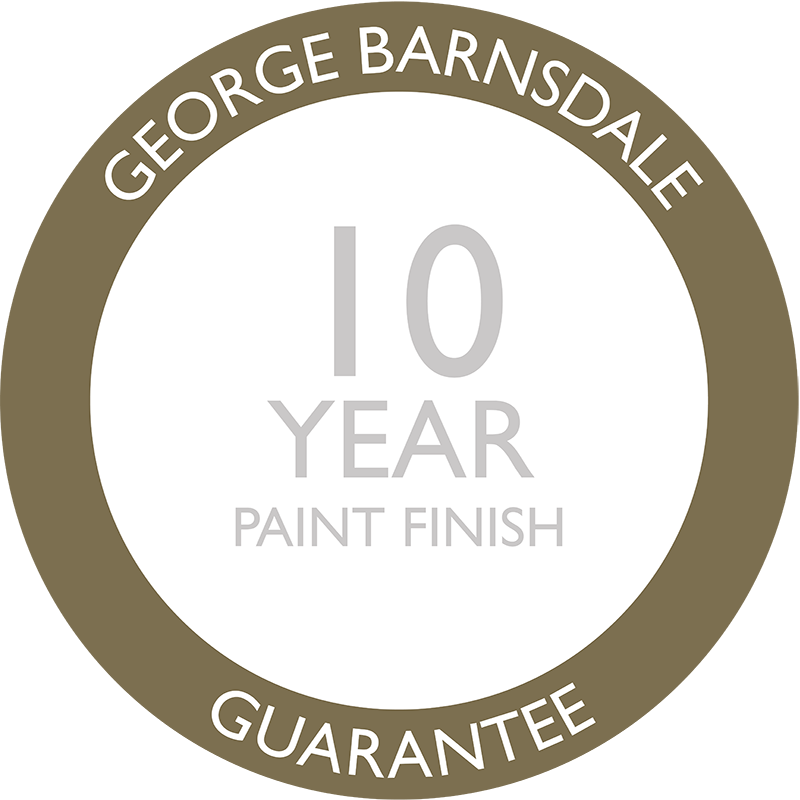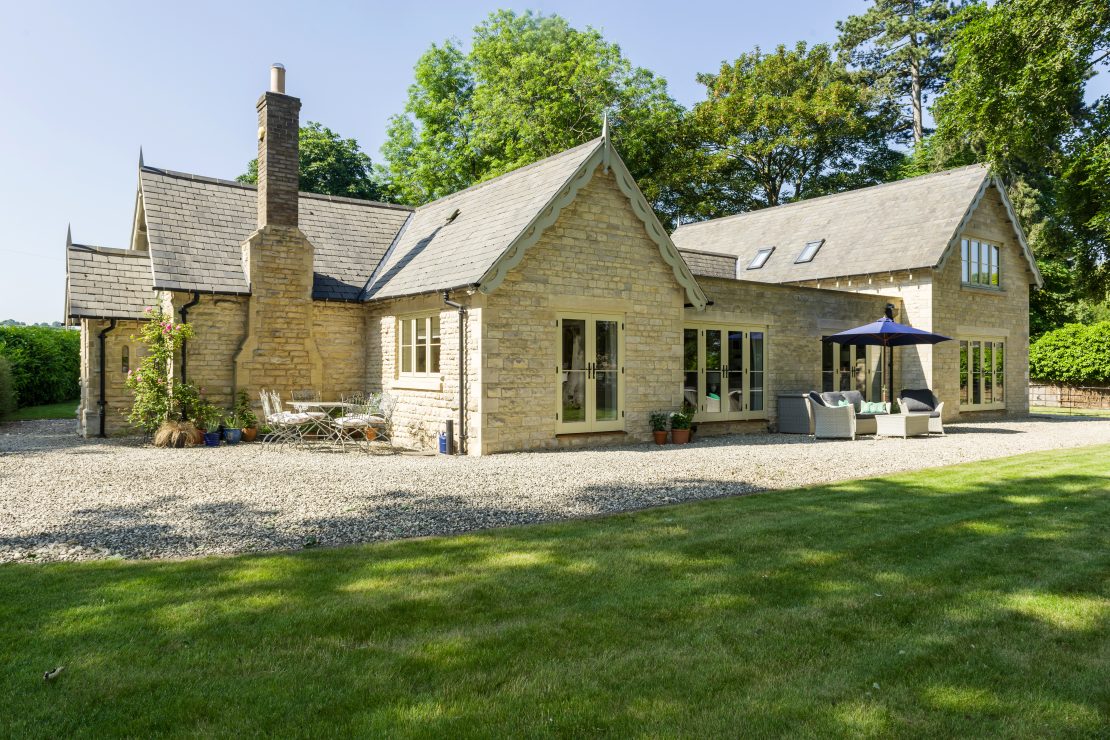March 5, 2014
By Stephen Wright, Managing Director of George Barnsdale
Over the past couple of months I have responded to a handful of queries concerning the acoustic performance of timber windows. To help demystify this subject I thought it would be useful to write about the factors which affect the acoustic performance, along with a few details about Building Regs and British Standards.
Firstly, compliance to Part E of the Building Regulations, Resistance to the Passage of Sound, has forced the reduction of external noise in a dwelling to become an important part of building design. Noise pollution is a serious issue and can impact on a person’s life in various ways; most alarmingly it can be damaging to health due to increased levels of stress and disturbed sleep.
At George Barnsdale we have carried out extensive research on the acoustic performance of our products, with quantifiable test data to support. The test results show the acoustic reduction at different frequencies and also a weighted average Rw (a field measurement which attempts to measure the sound reduction index of a material on a real completed construction). I won’t delve into the test data on this occasion (found under the “technical” section of each product), but to summarise we found that lower noise frequencies are more affected by the mass of the glass and timber, whereas the higher noise frequencies are more affected by air performance.
Glass Mass
When it comes to glass specification, the acoustic performance is dependent on the following three factors:
(i) The thickness of the individual pieces of glass – generally speaking the thicker the glass the better the enhanced acoustic insulation, but what is often overlooked is the high performance given by a selection of suitable glass thicknesses. It’s important to consider differing the thicknesses of individual glass panes by at least 30% in order to minimise acoustic resonances within the unit. For example, a 4mm pane when combined with a 6mm pane will perform at least as well as 2 x 6mm panes.
(ii) The laminate between the individual pieces of glass – laminated glass is often specified for its sound damping characteristic, rather than for its safety and security performance. This is due to the PVB (polyvinyl butyral) interlayer that helps to reduce the passage of sound. Further improvements can be achieved by using special acoustic interlayers which may provide an additional 2-3dB reduction in sound.
(iii) The number of pieces of glass – the addition of an extra pane (i.e. double glazing) within a window would appear to be the best option to reduce noise passing through the window as noise is absorbed as it travels through the airspace between the two panes.
For historic buildings, double glazing can often be rejected through planning, but at George Barnsdale we offer the Histoglass glazing system, which is a well-regarded narrow glazing solution that has been accepted by many planning departments. However, some conservationists still champion the installation of secondary glazing, which is a fully independent window system installed to the room side of existing windows. Secondary glazing can provide an excellent reduction in noise, particularly when fitted with acoustic glass but the disadvantages are that it takes up internal space (an air gap measuring at least 100mm is required), users of the building do not like to open two sets of windows and it can prove difficult to keep the glass clean.
Air Performance
Where air leaks, sound does the same. Our test data shows that higher noise frequencies are reduced by making the windows more airtight. In other words, products that have a very high air penetration performance tend to perform well acoustically. Generally speaking, from our product range casement windows have a higher air penetration and thus perform the best. However, this style of window will not suit all dwellings so at Barnsdale’s we have looked at other ways to enhance air performance of our entire range. For example, the Barnsdale range of sliding sash windows have three separate draught excluders which provide very good air penetration performance which, when used with the right glazing system, will provide enhanced acoustic performance.
Other factors to consider to provide optimum sound reduction are correct fitting of the windows and ventilation. It goes without saying that a poorly installed window will provide poor acoustic performance. At George Barnsdale we work with a nationwide network of approved partner installers, providing quality installation every time. We also work very closely with premium glass suppliers, such as Safeguard and Histoglass, to ensure to ensure that the specified windows provide the optimum performance for the dwelling in question and meet the numerous acoustic standards – including BS EN ISO 140-3: 1995, BS 2750: Part 3 and BS EN ISO 717-1: 1997.




















